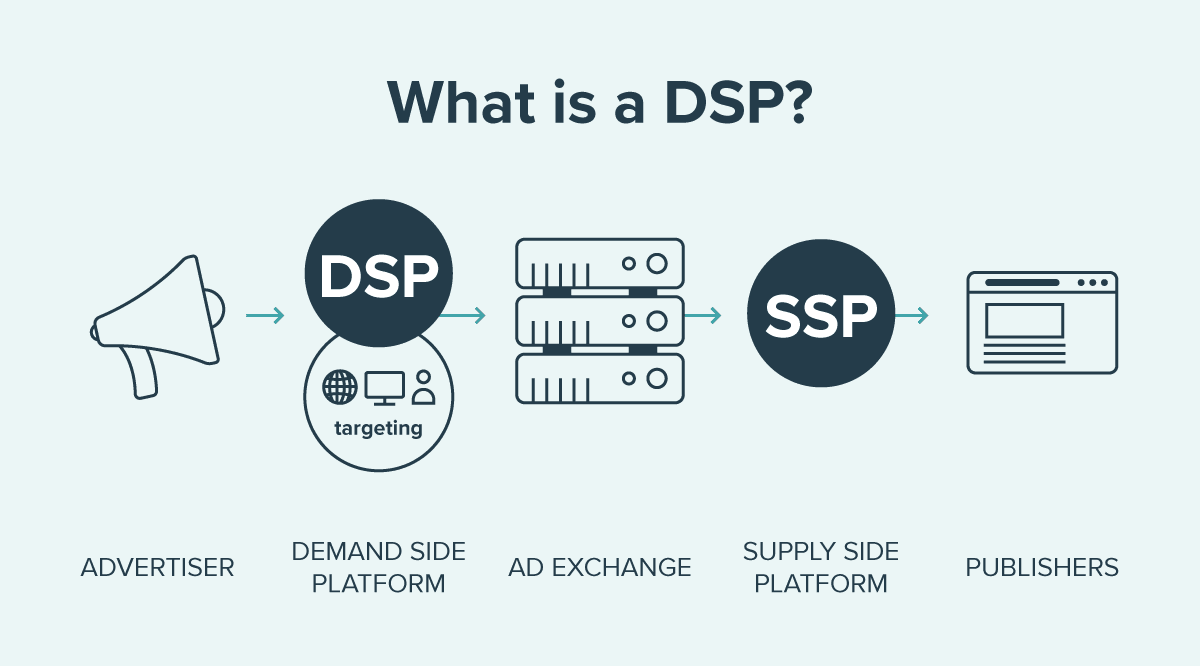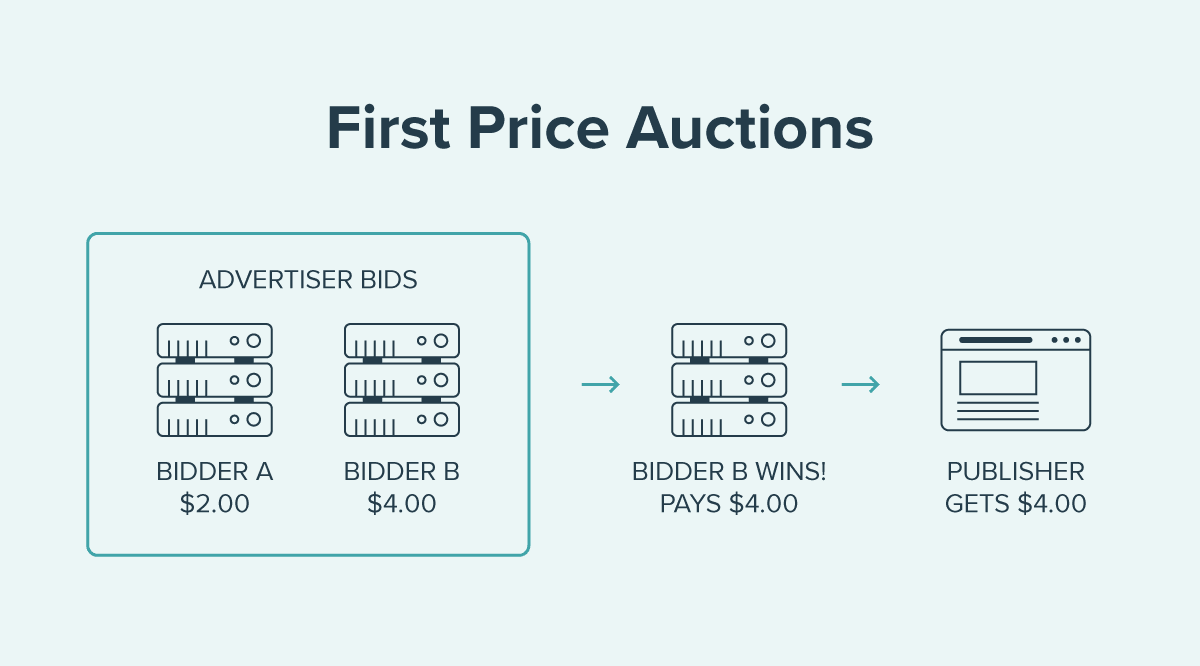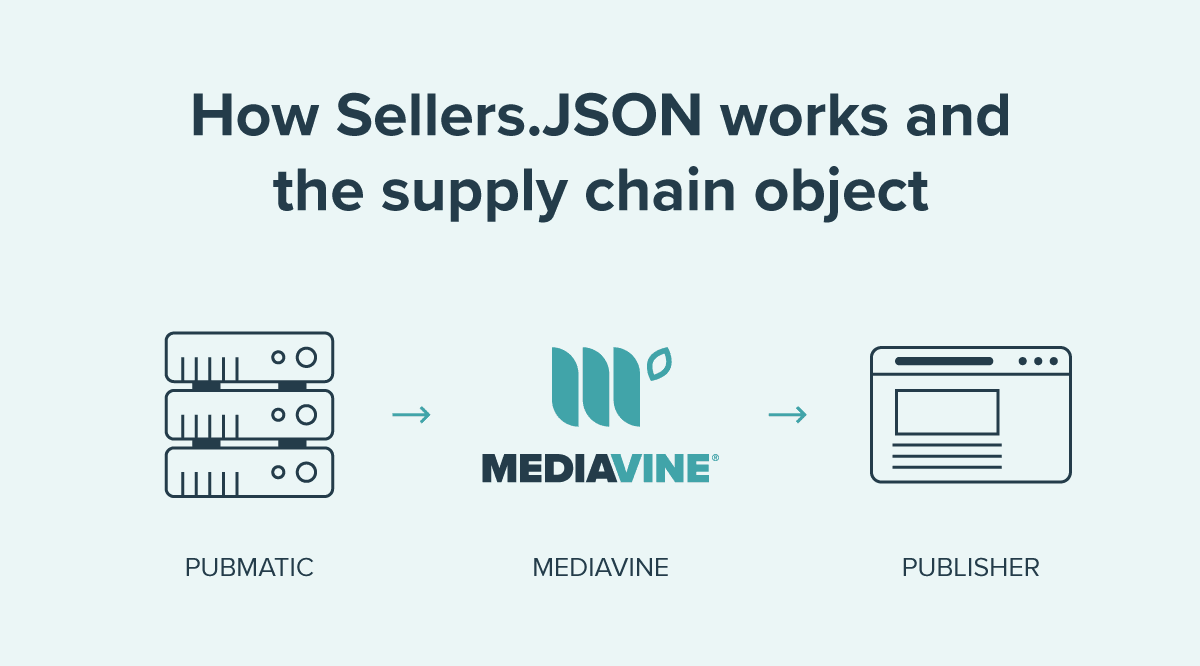Ad Tech Glossary


What’s in a name? A lot of things, and when it comes to Mediavine’s ad tech and online advertising in general, there are a lot of names – and abbreviations, acronyms and terms.
That term you heard describing that ad unit we’re working on? That acronym for the thing you saw on Facebook that we’re doing to optimize your ad units, videos, monetization, etc.?

It’s probably listed here:
Ads.txt – Authorized Digital Sellers – A “plain text” file that is hosted on your root domain, at the top level of your website. This list contains the names of all authorized sellers for your digital advertising inventory, boosting transparency and combatting fraud.
In other words, this list tells advertisers that only partners on the list can sell your inventory. If someone tries to sell without your permission, advertisers will not buy from the fraudulent source – resulting in higher advertiser confidence in who they’re buying from, and higher CPMs for the publisher.
ATF – Above the Fold – The area of a website that is visible on screen and accessed by a user before scrolling down upon initial page load. Name has been adapted from print journalism and the “fold” of a newspaper (remember those?) on display.
Bid CPM – The price an advertiser bids to serve an impression. This determines if the advertiser will win the impression or if they will be outbid by someone else.
A lot of data analysis and insight goes into how high or low an advertiser’s Bid CPM should be to maximize value to the advertiser.
BTF – Below the Fold – The area of a website that a user must scroll down into after initial page load.
CPA – Cost Per Action – The amount of money an advertiser is willing to pay for each time in which a user completes a specific action, e.g. signing up for a subscription service, donating money, purchasing tickets, etc.
Sometimes is also called Cost Per Conversion. These measures are not shared by advertisers in order to keep buying patterns secret from competitors.
CPC – Cost Per Click – The amount of money an advertiser is willing to pay for each time an ad is clicked.
CPM – Cost per mille (thousand) – This represents the dollar amount an advertiser is willing pay for every 1,000 times an ad is shown on page.
For publishers, it represents how much an advertiser will pay for impressions they served on your site. On the Mediavine side, we commonly refer to these impressions as “filled impressions.”
CPM Formula = (Spend / Impressions) * 1,000. Example: $15 / 6,000 impressions * 1,000 = $2.50 CPM.
CTR – Click Through Rate – An engagement measurement that shows the number of times an ad has been clicked divided by the number of times an ad has displayed.
Although this measure is quite dated and infrequently used by advertisers, it can still offer insight into a site’s performance.
CTR Formula = (Clicks / Impressions) * 100. Example: 4 clicks / 4,000 impressions * 100 = 0.1% CTR.
DSP – Demand Side Platform – Cloud software that allows advertisers or ad agencies to purchase and manage digital ad campaigns, in real time, across millions of websites.

eCPM = Effective Cost per Mille (thousand) – The cost of ad inventory based on the impressions that were actually displayed.
Effective CPM takes into account every opportunity to serve an impression, whereas CPM is based on advertiser-served impressions. This equation takes fill rate and CPM into account to maximize revenue potential.
There are many definitions of this term that float around online. For our purposes, this is the definition that is most relevant.
eCPM Formula = (Revenue / Impression Opportunities) * 1000
Fill Rate – An equation for how many impressions were filled or sold compared to how many opportunities were available.
Fill Rate Formula = Impressions Filled / Impression Opportunities
First-Price Auction – One of the two most popular auction types used in the industry. First-price means an advertiser’s Bid CPM is what they will pay if they win and serve the impression.

GDPR – General Data Privacy Regulation – Effective 2018, a legal framework that sets guidelines for the collection and processing of personal information from individuals who live within the European Union.
IAB – Interactive Advertising Bureau – A business organization comprised of 650+ media companies, brands and technology firms that sets the industry standard for digital advertising, including ad specifications. These specifications are considered the standard and best practice for the digital advertising industry.
Instream Video – Video advertising that appears before (pre-roll), during (mid-roll), or after (post-roll) video content.
The term in-stream takes its name from television, in which a video ad plays within video content, just like when you watch TV with commercials (or you did before you fired the cable company).
Native Ads – Ads that display within the feed of website content and are designed to match the look and feel of an individual publisher’s website.
OpenRTB – The protocol that powers the technology between the buying and selling of programmatic ads. It’s a standard set by the IAB that both SSPs and DSPs support to pass information back and forth about an impression and their respective bids.
Outstream Video – Video advertising that appears outside of a standard video environment. Mediavine uses outstream video in rotation with our standard in-content display placements.
This term comes from video not running within a typical video stream, such as a TV commercial. The “not” in-stream.
PMP – Private Marketplace – A deal made directly between publishers and either advertisers or DSPs that allows more direct access to programmatic inventory. It can be a fixed CPM or auction, and give advertisers access to more valuable inventory and transparency with whom they’re working with.
Prebid.js – An open source, header bidding platform for the web which allows publishers to tap into the advertising demand of over 150 SSPs.
Prebid.org was created to give publishers a single place to work with a number of SSPs. Historically, each SSP had its own code and setup, which was complicated and could take months to launch.
With Prebid.js, launches are much simpler and there’s much less code on a publisher’s page to slow it down.
Revenue – Revenue is the total amount of money generated by a business. (This differs from income, which is the amount remaining after the costs associated with the business.)
RPM – Revenue per mille (thousand) – A calculation determining how much revenue was earned per thousand pageviews or sessions.
Session RPM Formula = (Revenue / Sessions) * 1000. Example: $300 / 10,000 sessions * 1,000 = $30 RPM.
RTB – Real Time Bidding – Programmatic advertising that happens in real time in an auction-style format. In this process, bid requests are sent to several different ad exchanges (see SSP below) and the advertiser with the highest bid for that user wins the impression.
Sellers.json – A file that provides a way for buyers to discover who the entities are that are either direct sellers of or intermediaries in the selling of digital ads. This allows the buyer to confirm the relationship between the publisher and the SSP, and any companies who might be involved in the relationship.

Sessions – In web analytics, a session is a unit of measurement encompassing a user’s actions taken within a period of time. This differs from page views (one session can result in one page view or 100), and unique visitors (the same unique reader visiting 12 times a month counts as 12 sessions for that month). Mediavine uses sessions to calculate what your RPM is because it better encapsulates the value of your web traffic than page views.
SSP – Supply Side Platform – Software allowing websites to sell ad inventory programmatically and receive payment for it. Often referred to as ad exchanges.
VAST – Video Ad Serving Template – A template that passes a video creative and its information to a video player. This includes the creative file location, any measurements, length of the ad and other details so the video can play the ad.
Viewability – Advertisers always look for ways to show that their investment is paying off. One of these metrics is viewability, which measures what it sounds like. But do you gauge ad viewability? Follow the link for a lengthy explanation, but the general rule of thumb is that for an ad to be considered “viewed”, at least 50% of it needs to be seen by a user for at least one second.
Views – The number of times a video or page was seen on your website. In the case of page views, this number can be artificially inflated and inconsistent when assessing revenue, which is why sessions (see above) are the metric of choice among the Mediavine application requirements.
VPAID – Video Player Ad-serving Interface Definition – Similar to VAST, this is a script that gives the video player information about which ad to play, how long the ad should play and where it should play. However, VPAID comes with more control over clickable areas on the ad, how ads show up in different locations and allows for better measurement.
For more general information about digital advertising that you can use at cocktail parties, check out our roundup post on how ads work and my 2-part history of digital advertising.
Stay up to date with the latest from Mediavine
 Brad Hagmann
Brad Hagmann
“Let’s talk about politics.” We know. This is a phrase absolutely no one wants to hear uttered around the dinner table or backyard barbecue these days. But hear us out. …
 Brad Hagmann
Brad Hagmann
It seems hard to believe that we’re more than a month into a new year, and with it, a new and ever-changing technological landscape. Looking back on the previous year, …
 Brad Hagmann
Brad Hagmann
Ah, July. It’s a glorious month of sand-filled swimsuits, mosquito invasions, broken air conditioners and applying sunscreen only to look like cooked lobsters. It’s also the start of a new …